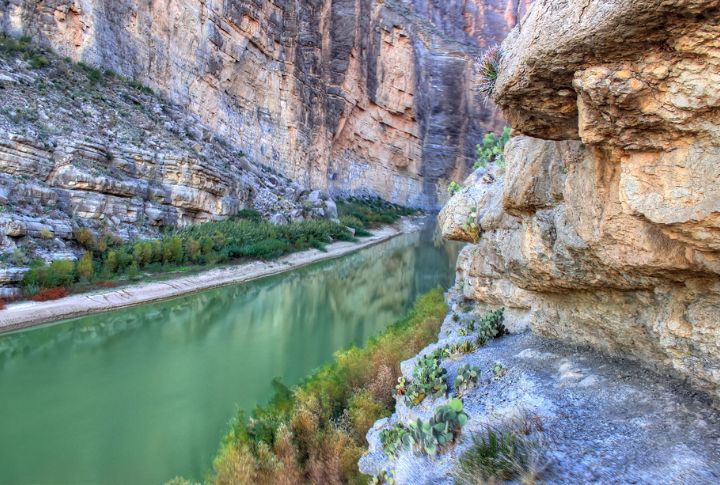
The United States offers some of the best spots to experience nature’s most stunning feathered performances. Desert wetlands and rugged sea cliffs create diverse landscapes that set the perfect stage. To help you plan your next birding adventure, here are ten top destinations that bring the birds right to you. Grab your field maps and snacks—it’s time for a true birding pilgrimage.
Cape May Bird Observatory, New Jersey

Cape May sits at a key junction on the Atlantic Flyway. Fall migration draws thousands of hawks, including sharp-shinned and Cooper’s. Wooded trails and shoreline access make it a strategic birding spot. Researchers use the site for long-term banding and species monitoring projects.
Bosque Refuge Wetlands, New Mexico
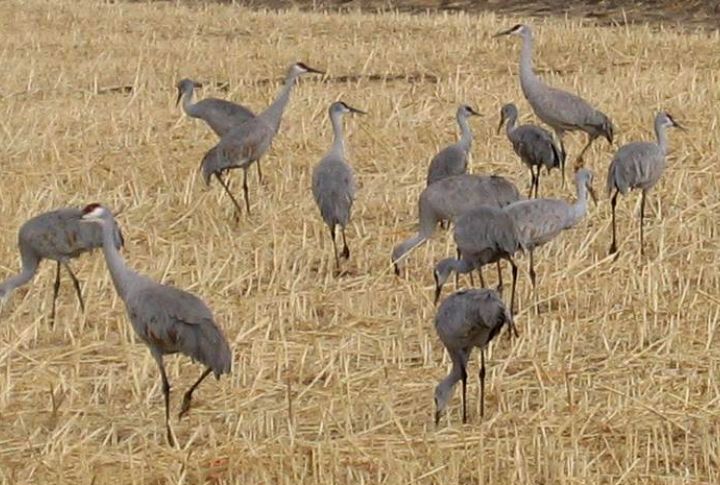
This desert wetland becomes a winter staging ground for thousands of cranes and geese. Water levels are controlled to attract birds to specific units. Observation decks offer front-row views of roosting sites. The refuge also supports raptors that prey on seasonal flocks.
Everglades National Park, Florida
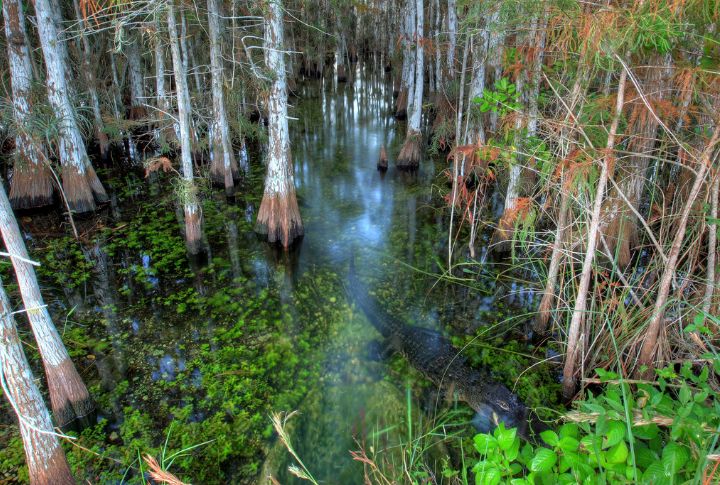
Extensive wetlands here support over 360 documented bird species. Species distributions shift depending on rainfall and fire cycles. Long-legged waders use sloughs and ponds for feeding during the dry season. Meanwhile, alligator predation keeps fish populations in check, creating a healthy balance that benefits fish-eating birds too.
Big Bend National Park, Texas

Diverse elevation zones create habitats ranging from the Chihuahuan Desert to montane woodlands. Birders visit in spring to search for Colima warblers nesting in oak groves. The park’s remoteness reduces noise pollution and increases encounter rates. River corridors also attract migratory species seeking water.
Kilauea Point National Wildlife Refuge, Hawaii

Seabirds use the high cliffs of Kilauea for nesting and launch points. The refuge safeguards breeding grounds for albatrosses, noddies, and boobies. Protected offshore zones help reduce disturbance during peak nesting. Interpretive programs provide field identification assistance for both resident and visiting birders.
Stillwater National Wildlife Refuge, Nevada
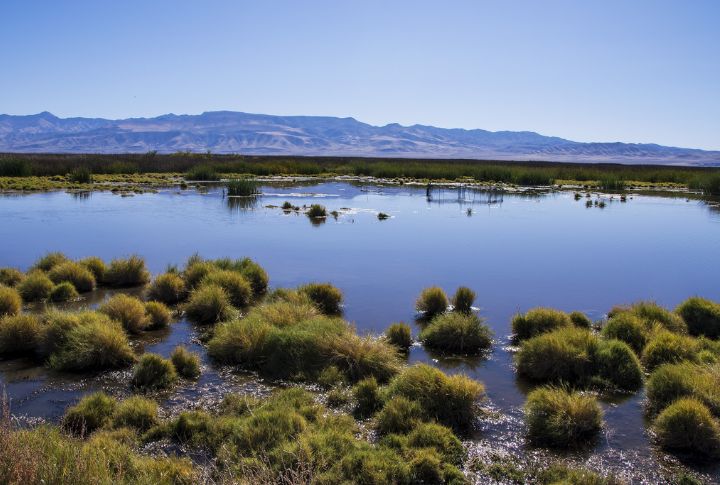
Water control structures maintain seasonal flooding patterns vital for migratory bird use. American white pelicans often gather in large groups here. The salt desert ecosystem surrounding the refuge makes it ecologically unique. Surveys document consistent spring and fall use by sensitive species like phalaropes.
Hawk Ridge, Duluth, Minnesota
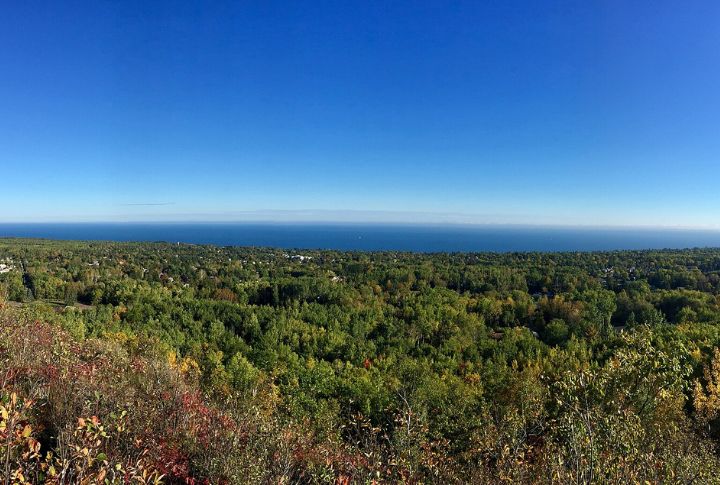
Thermal currents along the Lake Superior channel migrate raptors through Hawk Ridge each fall. Volunteers count birds from viewing platforms set along the ridgeline. Strong west winds improve flight visibility. Species vary daily, but mid-September to late October often brings the highest golden eagle movement.
Whitefish Point Bird Observatory, Michigan
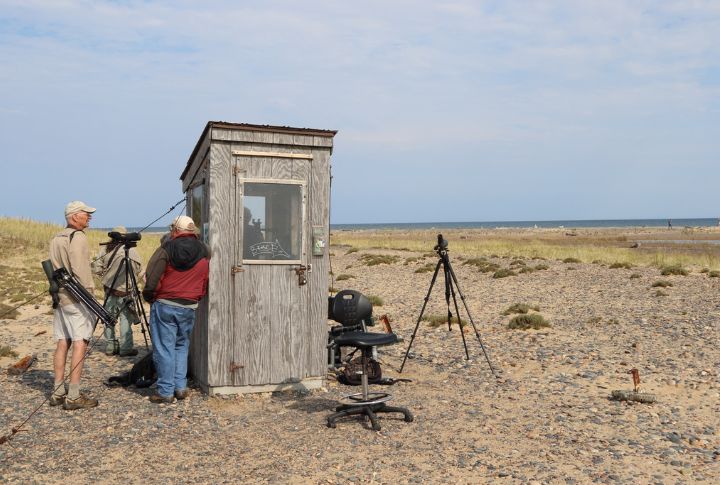
This point extends into Lake Superior, funneling migrating birds into narrow corridors. Banding programs capture owls and songbirds to track their journeys over time. Early mornings during spring migration offer the best chances to watch them. Nearby lighthouse areas also serve as resting spots for loons and scoters along the coast.
Horicon Marsh, Wisconsin
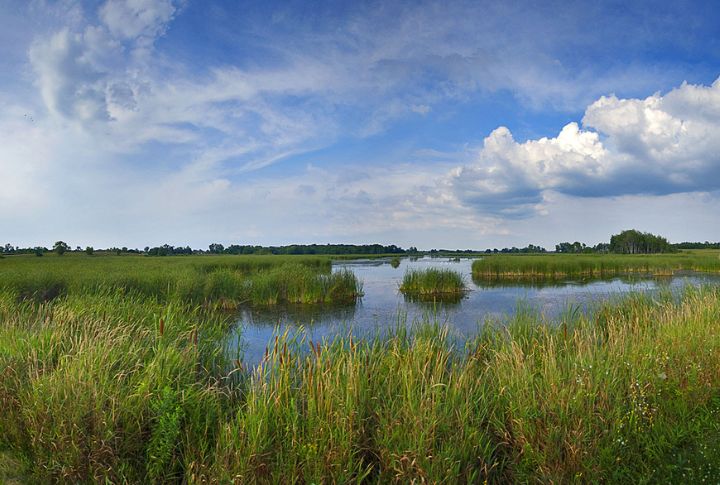
The marsh includes both a federal and a state wildlife area. Deep pools, cattail flats, and sedge meadows support extensive breeding. Autumn brings dense flocks of Canada geese as they stage for southward flights. Driving loops and boardwalks accommodate both amateur and advanced observers.
Cheyenne Bottoms, Kansas

Shallow basins make this area a magnet for inland shorebirds during peak migration. Managed as a major stopover on the Central Flyway, it sustains many declining species. Spring conditions often reveal large concentrations of godwits and dowitchers. Observation roads allow broad terrain access.
